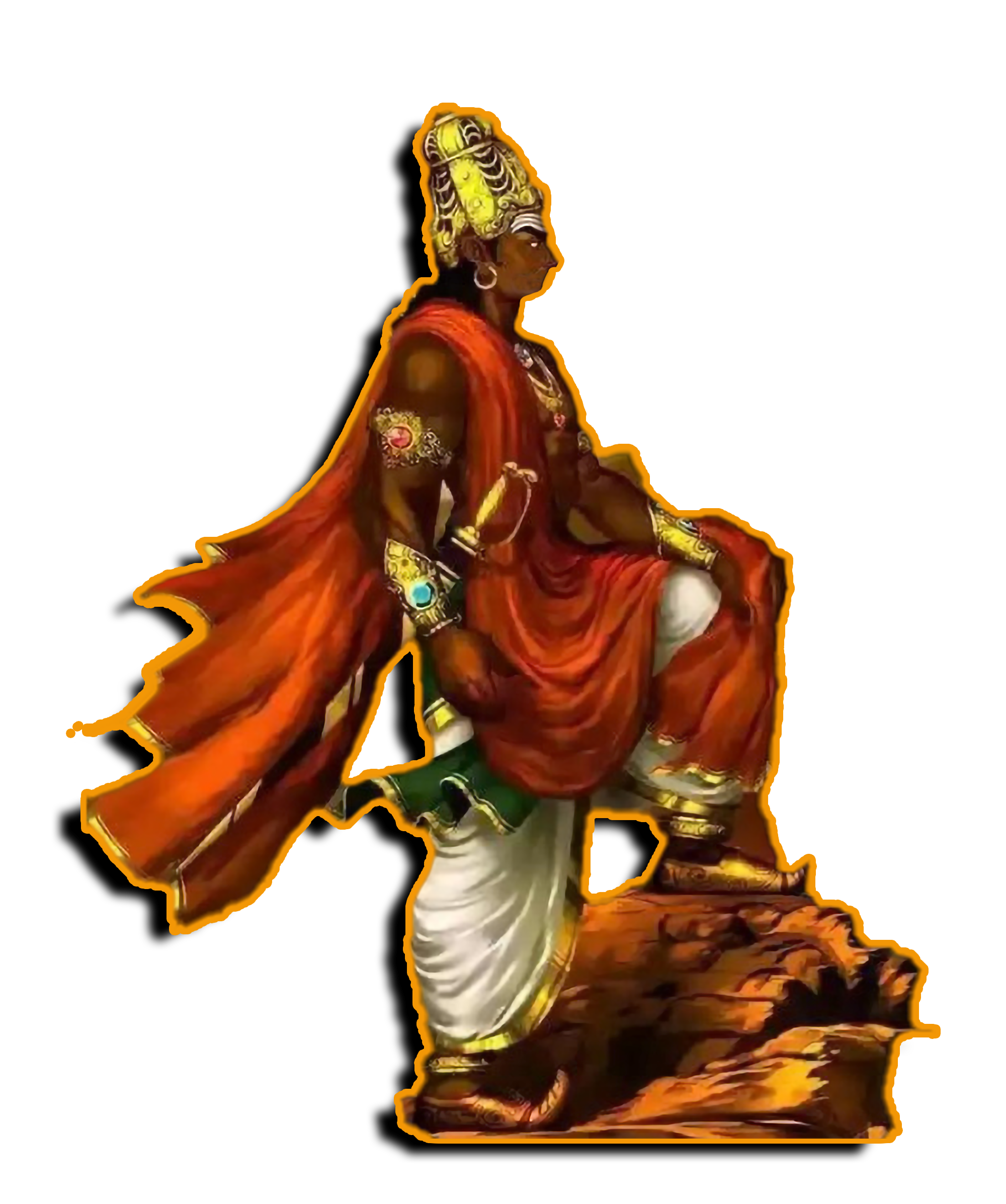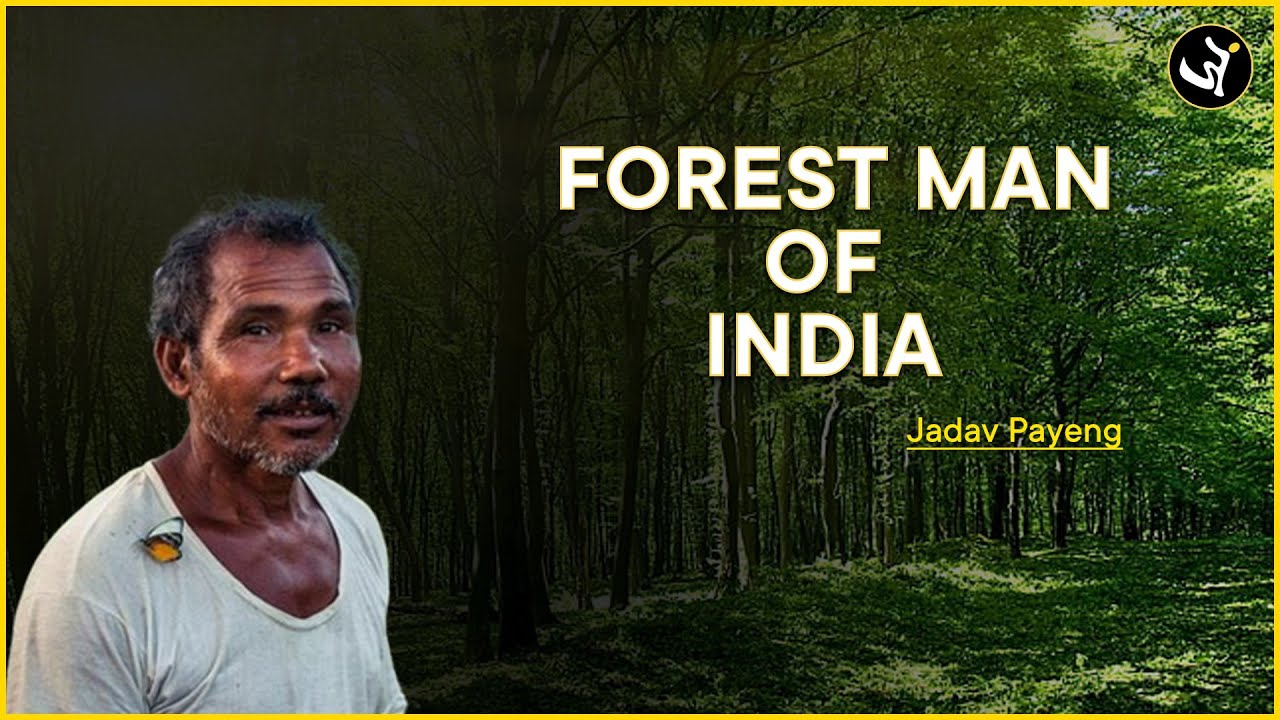“He who is not courageous enough to take risks will accomplish nothing in life.”- Aruna Asaf Ali".Indian political activists and educators are well known for raising the flag at Gowalia Tank Maidan in Bombay during the Quit India Movement.
Aruna Asif Ali was an Indian school teacher, political activist, and publisher who lived from 16 July 1909 till 29 July 1996. She was an enthusiastic supporter of the struggle for Indian independence and is renowned for raising the Indian National flag at the Gowalia Tank Maidan in Bombay in 1942, during the Quit India Movement. She continued involved in politics after independence and was elected as Delhi's first Mayor.
Role of Aruna Asaf Ali in the Indian Freedom Struggle
Early association with the Indian Independence movement
Aruna Asaf Ali was an important figure in the Indian Independence Movement. After getting married to Asaf Ali, she joined the Indian National Congress and took part in the Salt Satyagraha's public processions. She was detained in 1931for violation of the Gandhi-Irwin Pact, which called for the release of all political prisoners, as she had been arrested at the age of 21 because she was a vagabond
She was imprisoned at the Tihar Jail in 1932 when she went on a hunger strike to protest the indifference shown to political prisoners. Although her efforts led to an improvement in the Tihar Jail's circumstances, she was transferred to Ambala and forced to endure solitary imprisonment. After being freed, she didn't engage in much political activity, but towards the tail end of 1942, she joined the underground movement.
Rise to prominence during the Quit India movement
The Quit India resolution was adopted by the All India Congress Committee during the Bombay session on August 8, 1942. The government's response was to detain all of Congress. On August 9, the young Aruna Asaf Ali raised the Congress flag at the Gowalia Tank Maidan while simultaneously serving as the session's chair.
The movement had formally begun at this moment. Throughout the session, the cops started firing into the crowd. Because of her bravery in the face of peril, Aruna was referred to as the Heroine of the 1942 campaign and, in her later years, the Grand Old Lady of the Indian Independence struggle.
India's youth expressed their desire for independence through unannounced protests and demonstrations that took place across the nation despite the lack of clear leadership.
She was the subject of an arrest order, but instead of arresting her, she escaped and started an underground movement in 1942. Her possessions were seized and auctioned. She and Ram Manohar Lohia collaborated on the monthly Congress Party newspaper Inquilab during this time.
She urged the young to join the revolution instead of engaging in pointless debates about violence and non-violence in the 1944 issue as she urged them to take action. The phrase "the Political offspring of Gandhi but recent pupils of Karl Marx" was used to characterize leaders like Jayaprakash Narayan and Aruna Asaf Ali for their crimes .as per British rule. It is declared that anyone who captures her and presents in front of Britishness, will get a prize of 5,000 rupees.
She became unwell and spent some time hiding in Dr. Joshi's Hospital in Delhi's Karol Bagh. She received a handwritten message from Mahatma Gandhi asking her to come out of hiding and give herself up since her job had been completed and she could use the prize money to further the cause of the Harijans. She didn't come out of hiding, nevertheless, until the 1946 withdrawal of the arrest warrant. She enjoyed having the Mahatma's message on display in her drawing room. Gandhi, who was at the height of the drive for Pakistan at the time, criticized her for her support of the Royal Indian Navy Mutiny, which she considered the single most important action uniting Muslims and Hindus.
Post-Independence, Mayorship, and career in publishing
She belonged to the caucus of Congress Party members with socialist views known as the Congress Socialist Party. After getting tired of the socialist program of the Congress Party, she joined the Socialist Party in 1948. At the start of the 1950s, they both joined the Communist Party of India. She experienced a loss when Asaf Ali left in 1953.
She participated in the establishment of the National Federation of Indian Women in 1954, the CPI's women's wing, but she quit the organization in 1956 after Nikita Khrushchev disavowed Stalin. She was chosen as Delhi's first mayor in 1958.
She collaborated closely with secularists and social activists of her generation, such as Krishna Menon, Vimla Kapoor, Guru Radha Kishan, Premsagar Gupta, Rajani Palme John, Sarla Sharma, and Subhadra Joshi, for social welfare and development in Delhi.
In the same year that they launched Patriot, a daily newspaper, and Link, a weekly, she and Narayanan launched Link Publishing. Political figures including Jawaharlal Nehru, Krishna Menon, and Biju Patnaik helped the publications achieve prominence. Later, she left the publishing company due to politics there. She was shocked to see that money had replaced her companions' principles. Despite her concerns about the emergency, she was nevertheless able to maintain a good relationship with Rajiv and Indira Gandhi.
On July 29, 1996, she passed away in New Delhi at the age of 87.
Legacy Memorial stamp from 1998
Both the International Lenin Peace Prize and the Jawaharlal Nehru Award for International Understanding were given to Aruna Asaf Ali. She received the Padma Vibhushan, the second-highest civilian honor in India, during her lifetime in 1992, and then the Bharat Ratna, the highest civilian honor, posthumously in 1997.
A stamp honoring her was released in 1998. Aruna Asaf Ali Marg was created in New Delhi in her honor. The All India Minorities Front presents the Dr. Aruna Asaf Ali Shawana Award each year.
Conclusion
When we talk about women empowerment, Aruna Asaf Ali is the best example. Despite facing so many difficulties, she never backed off and continued her struggle for independence. It was also known that when Subhash Chandra Bose was underground, Aruna took responsibility for Radio communications on behalf of Azad Hind Fauj.
So, by reading this article, nobody can comment that women are weak. I can give you many examples like Aruna, Rani Laxmi Bai, Bhagwati Devi, Shri Mati Pratibha Devi Singh Patil, Indira Gandhi, and so on.
Women are considered part of Maa Durga. So when she aims for something, she will do it. That’s it for this article.









